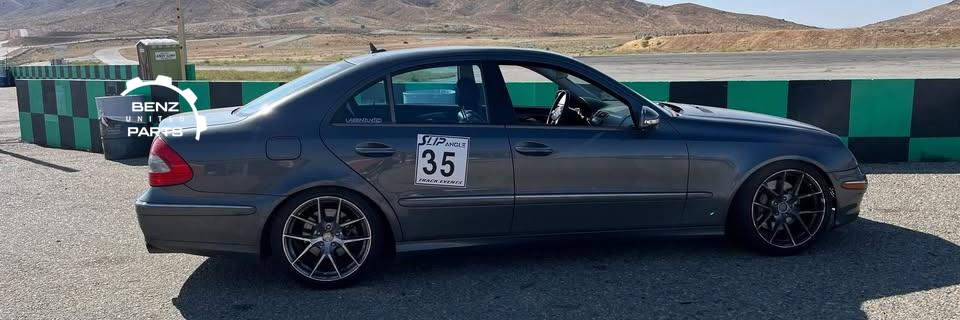
Drilled vs Slotted vs Blank Rotors – Myths, Facts & Real-World Performance
Brake rotors come in three main flavors: blank, slotted, and drilled (sometimes both). While the looks are easy to spot, the real-world differences — especially in performance, durability, and safety — are often misunderstood. This post breaks down the truth, busts common myths, and helps you understand which rotor is right for your driving style and goals.
🛑 Looking to improve pedal feel and braking control? Our steel braided brake lines make the perfect pairing for any rotor upgrade — ensuring consistent hydraulic pressure and firmer response under load.
Drilled Rotors – Not What People Think
Drilled rotors are often marketed for performance, but that reputation is outdated. They were originally designed to vent gas buildup from early-generation brake pads. Modern pad compounds don't suffer from that issue. The trade-off? Drilled holes reduce structural strength and create stress points that can lead to cracking — especially in performance or high-load environments. If you care about longevity or track performance, avoid drilled rotors unless they’re OEM with very specific engineering behind them (like Porsche PCCBs).
Slotted Rotors – Useful for Some, Overkill for Others
Slots help sweep pad material off the rotor surface and improve bite consistency. They're useful in aggressive driving or wet conditions but come at the cost of faster pad wear. On the street, they offer minimal advantage for most drivers and are mainly cosmetic. However, in aggressive street builds or cars that see spirited mountain runs, quality slotted rotors can provide consistent feel and slightly better response — as long as pad life isn't your priority.
Blank Rotors – Strong, Simple, and Often the Best Choice
Blank rotors (also called smooth rotors) are what most OEMs use — and not by accident. They're typically the strongest type of rotor because they aren't weakened by drilled holes or slots. Their full material integrity means less chance of cracking, especially under high heat. For most street-driven cars and even some track applications, a high-quality blank rotor with a proper pad and fluid combo is more than enough.
Drilled + Slotted – More Looks Than Performance
Combo rotors are popular in the aftermarket because they "look fast," but they carry the downsides of both designs: weakened structure from drilling and faster pad wear from slots. Unless you're building for aesthetics, these are rarely the optimal choice for performance or longevity.
The Truth About Cracking
Rotors crack from thermal cycling and uneven heat distribution. Drilled holes amplify that risk, especially on lower-grade castings. Slotted and blank rotors are much more resistant, assuming quality metallurgy. If you see cracks forming from the holes, that's not aggressive driving — that's poor design or over-marketed garbage.